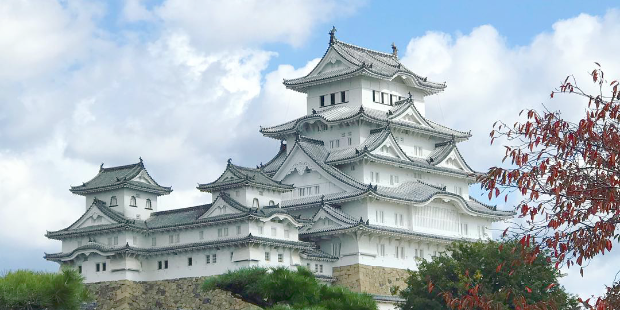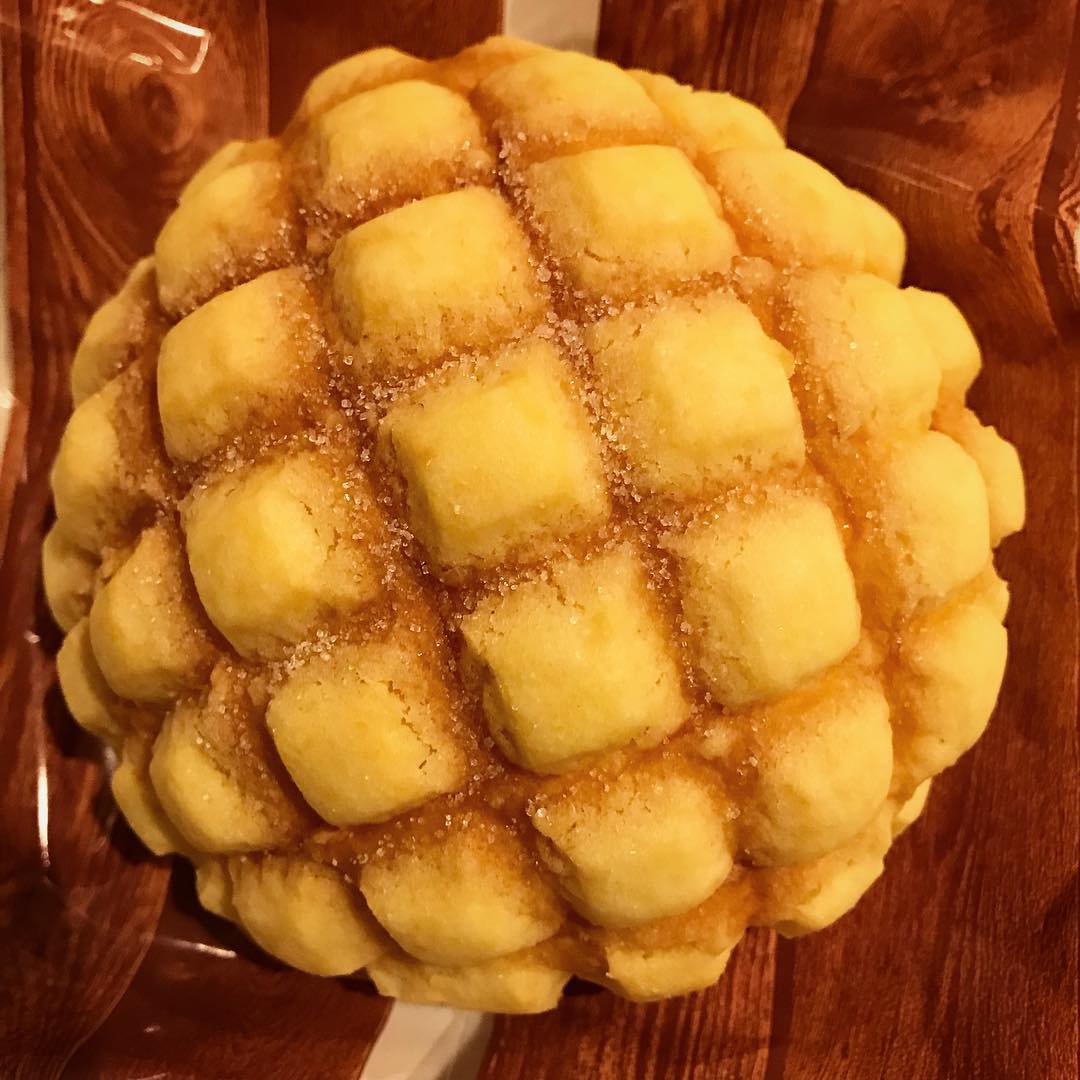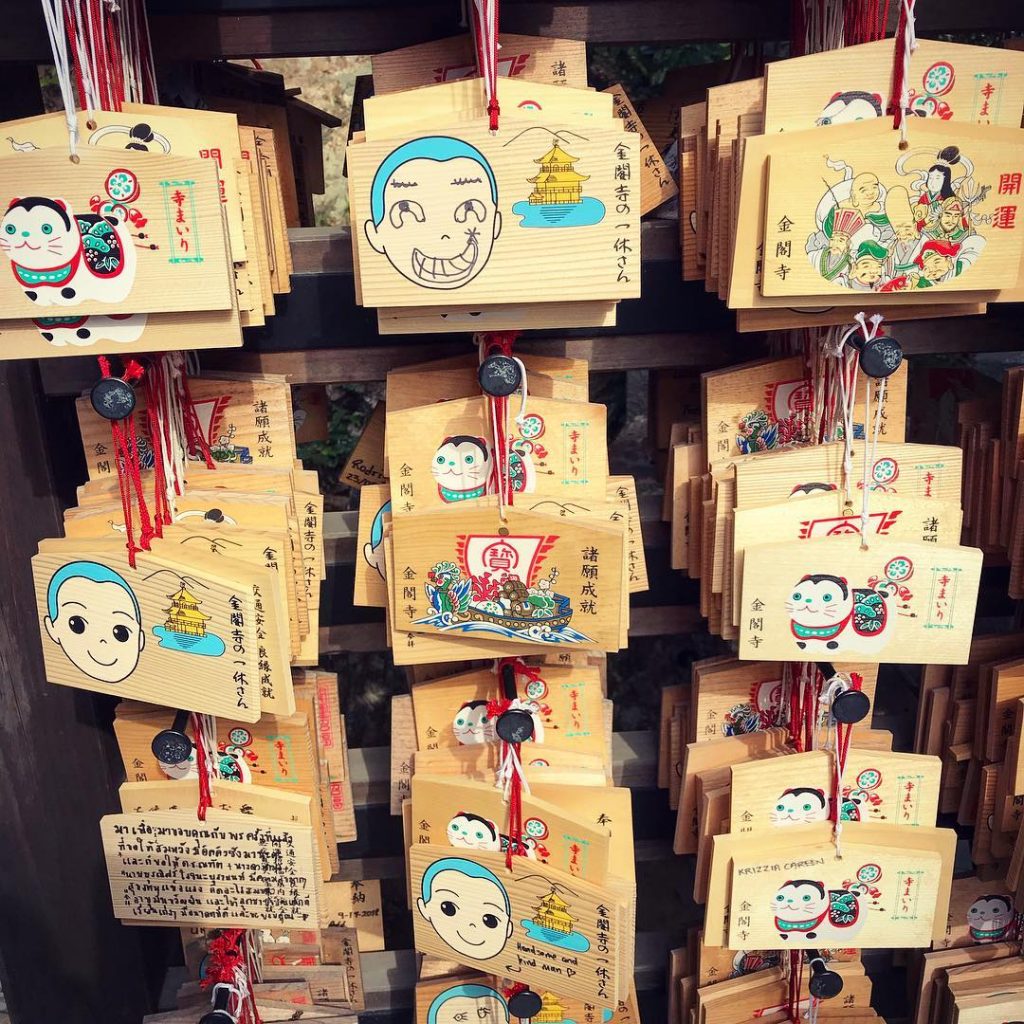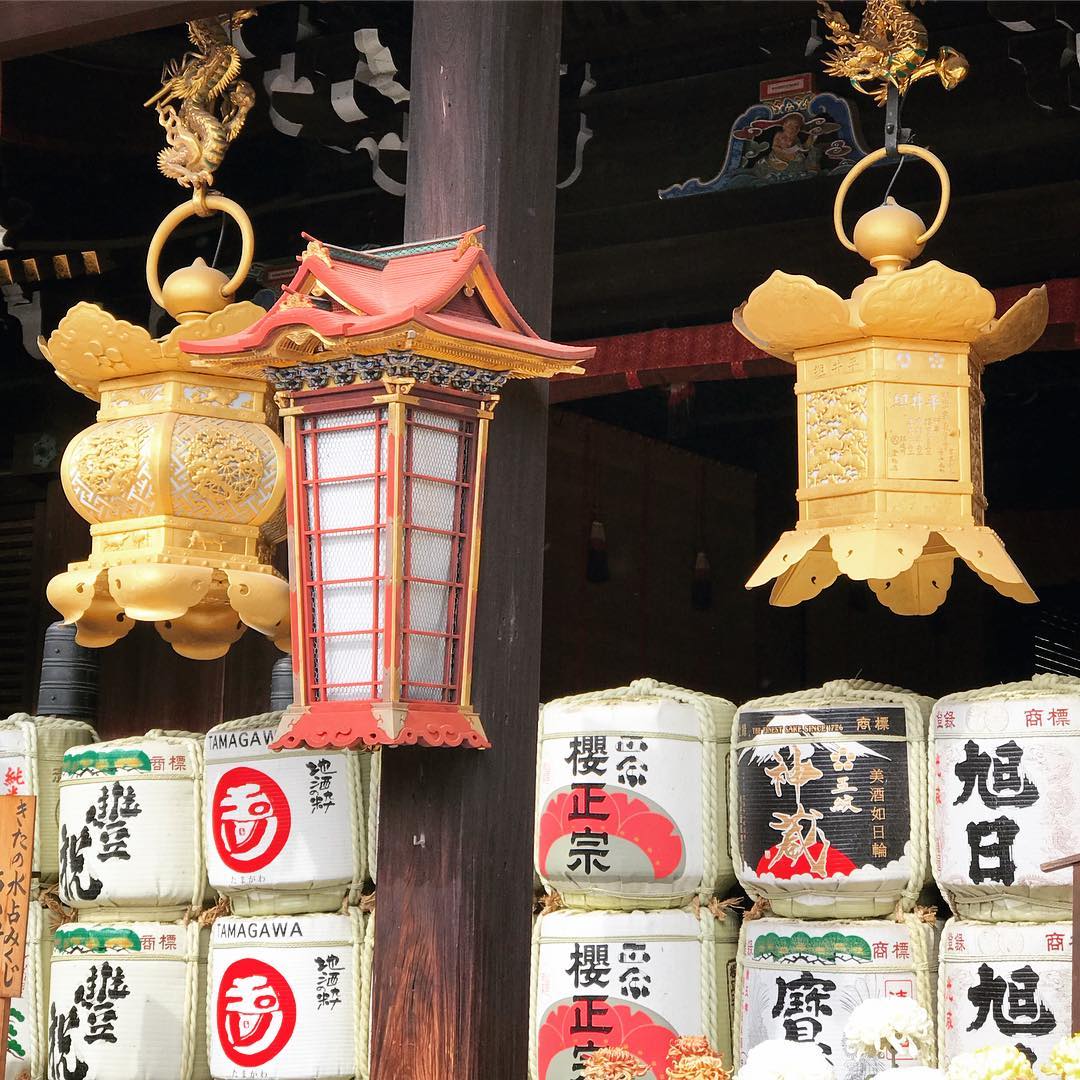
Adventures in Kyoto and Beyond
Arrival
The days before takeoff were a constant vacillation between overconfidence and overthought. We’re flying halfway across the world where we don’t know the language but I sorted this myself hooray for me CHUMS UP LET’S DO THIS oh crud I’m sure I’ll find some way to get on the wrong train and end up in Okinawa.
We had a stupid early hop to Detroit and a relaxed layover featuring omelets, light snacks, and assorted puttering on netbook and phone. Thirteen hours in a plane are exactly as stated, even in upgraded economy with a good selection of movies, those few but impactful extra inches of leg room, and a free cabernet with dinner. We got through the glacial line ride of customs, got some cash, got directions through the upcoming Nagoya station where we would transfer from a regional train to a shinkansen to Kyoto. The ticket machine was easy, the route diagram not so much, and I brain farted over it all and hauled us off a perfectly serviceable train because I didn’t understand it would go to Nagoya eventually.
The massive sleep deprived blur into Pile of Unfamiliar Language continued in Nagoya, where I resorted to an app to direct us to the proper shinkansen platform with much gratitude for the prepaid data SIM cards Spousal Unit had insisted on buying at the airport, a transaction that turned out to be incredibly simple thanks to the friendly employee helping us swap out and reactivate. Said cards, along with the rechargeable ICOCA debit cards for various transportation systems, also saved our navigational bacon when the bus skipped the section of its loop with the stop we needed – an announcement made, just with ramifications unknown – and spirited us a good half hour across Kyoto before we realized.
Parched and exhausted from wrangling a monstrous suitcase on public transportation through weekday evening crowds – at times in my lap lest it once again get thumped by another passenger as a silent demand to move it – we finally saw that sweet sweet entrance sign to Sunput Nanajo Mibu. After hours check-in was a snap, our room compact and inviting – especially with a multilingual booklet explaining in detail how to work all appliances, buttons labeled with English stickers as needed, and a generous stock of soap for laundry, dishes, body, and hair.
Spousal Unit crashed. I went out through the quiet neighborhood back streets to see the wonders of our local 7-Eleven – which, like other Japanese convenience store chains, was reported to feature a broader and better selection than its counterparts back in the States. Not wishing to chance possible meat in packaged meals, I picked up a variety of English labeled onigiri, plus some iced tea and high protein milk boxes that taught me how to read that macronutrient in hiragana. Not that I’m terribly fussed about maintaining my intake while traveling, but I like to be informed. The milk was chocolate, the toasted iced tea a taste I didn’t seem apt to acquire, but that Spousal Unit rather had well enough to eventually vanquish the leftovers.
We woke at an absurd hour and loafed until some more reasonable time. The onigiri were light, satisfying, and soon to become our default breakfast throughout the trip. The restaurant map in our room packet pointed us toward a promising place called Kyoto Vegetable Buffet that had moved elsewhere since that information was assembled. Which was fortunate, as it got us further out than we had planned for our official Jet Lag Derp Day, and a walk past Tokyu Hands for tea to enjoy in the room and chopsticks for takeaway from venues not providing disposables. The restaurant already had a short line at opening time for good reason. Its selection, clearly marked with allergen cards, was small for pescetarians but plenty well tasty, including a variety of salads, tofu with scallions, and parboiled udon with bonito broth to flash cook and top as desired.
Afterward, we split an enormous melon pan, a type of sweet bread, for a treat. We also discovered the wonders of zero calorie cider, similar to ginger ale but lighter in flavor, and of Super Matsumoto, a nearby grocery chain with a great variety of sushi and prepared dishes, and a cash only checkout process helped along by an efficient and understanding clerk. Throughout the trip, service people were patient with us in general. Smiling and common hand gestures really do go a long way.
Kyoto Bike Tour
As before, we slept in increments of two to three hours that added up well enough for us to be energetically awake at the crack of dawn, leaving plenty of leisure time before our walk to Cycle Kyoto. We were early enough to take a jaunt back through the shopping arcade on the south end of Kyoto Station, a small slice of what we would soon learn was an extensive selection of restaurants and merchandise within its general vicinity.
Kyoto is flat, laid out on a grid, and therefore reportedly easy to navigate on wheels. I still wanted to take a full city tour for a comprehensive route of general interest sightseeing and some initial sense of the city. Not to mention a sense of traffic etiquette, as bikes ride on the sidewalks as a rule and must frequently negotiate with other riders and pedestrians. This required a keen awareness of the exact space I was occupying, along with consistent mental attention well beyond my usual bike commuting lookout for students drifting against red lights with eyes glued to phone.
Our great circle of the city highlighted a selection of temples and shrines of particular historic and cultural interest – the Golden Pavilion of Kinkaku-ji, the famous red torii of Fushimi Inari, Nishi Hongan-ji Temple with its moat and connecting floor that squeaked to give warning of intruders from a rival faction sneaking in to burn it down. Kyoto is rich in such respectively Buddhist and Shinto establishments in general, from sprawling complexes to pocket shrines tucked into buildings all over town. Ray, our guide, explained that many people do not consider themselves religious, but go for luck, blessings – such as possibly repeated requests for help in passing entrance exams – and commemorating stages of life, as he and his wife would do as their young daughter grew up. Temples and shrines are also popular field trip destinations, as shown by the many groups of identically capped school children on tours.
Nishi Hongan-ji
Kinkaku-ji
Kitano Tenmangu
Fushimi Inari
Of course there was plenty else to see en route, from the laid-back Sanjo Shopping Arcade and its surprise treat of taiyaki – a fish-shaped donut-ish cake with choice of sweet filling, especially welcome given the late timing of our conveyor belt sushi lunch – to a long ride along the Kamo River, scenic yet unnerving with the distinct lack of guard rail. Everyone else seemed to breeze over the bumpy path. I tried to ignore the sense that it would buck me straight into the water.
Our stop at the renowned tea houses of Gion, securely shuttered with discreet intercoms, gave us a similarly brief glimpse of a maiko going about her business.
And of course it was quite an exhausting day, very much worth the effort as it was. Thirty kilometers is no joke, even on a flat route largely taken at the speed of trundling, especially with jet lag and a temperature shift from nippy morning to high noon heat and a quick dropoff into sundown chill.
Formal Photo Shoot
We established early on that walking was just marginally slower than the bus and much more satisfying because we were in full control of our route and free to switch it up as we wished. Our trundle to Gion took us through the bustle of Nishiki Market, equally geared toward locals and tourists, where we bought an assortment of sushi dipping plates from a gallery and discovered that salmon on a stick is a thing that exists. I held out for a sit down meal, which we later acquired – along with a view of the Kamo River and the sweet plum wine that would become my default drink when available – in a restaurant within the dense back streets nearby.
Walking around Kyoto was also rewarding in terms of urban development interest, especially in contrast to our brief time in Nanjing – another ancient capital as ravaged by the conflicts around World War II as Kyoto was mostly untouched. Both have historic temples and tombs – or continuously reconstructed versions thereof – interspersed with a bustle of modern life that came about in such different ways. China went through the erasure of the Cultural Revolution and great endeavors to raze and rebuild, followed by similarly ardent efforts to preserve history and culture. Kyoto seemed to have a more organic growth of modern architecture and mass housing. Its narrow back streets were quiet enclaves of individual residences, with bikes much more common than cars.
AYA, the studio I booked for its couple’s option and reported quality of professional photography, was tucked away in a lovely historic teahouse in a particularly picturesque section of Gion. We arrived early and were enthusiastically invited in to choose our poses. Then I was off to a locker room to don my kimono underwear and tabi booties with metal tab closures, rather awkward since I had already put my glasses away with the rest of my stuff and hadn’t yet found a stool to sit on.
Next up was the supreme and capable efficiency of makeup and hair. Marie neatly coiled my butt length mane up into a net pinned flat up the back of my head before proceeding to the full course of white cream and powder and embellishment of lips and eyes. With frequent exclamations of “Kawaii!” and invitations to snap my own process shots, she kept me well aware of what was to come, what would be cold, when to close my eyes and how long to leave them shut.
Being squirrely as hell about things coming near said eyes, I had steeled myself to endure for the sake of this experience. It wasn’t nearly as bad as I had feared, from white base makeup right up to the rims to lining and mascara thereafter, because Marie was so good about keeping me informed and making it quick.
Hair was a wig securely pinned through my entire bun with a long metal stick and sewn in with a loop of clear thread. I gave Marie permission to use my own hair when she asked, figuring that sounded like a good thing to help sell the effect. Three ribbons of my front hair were combed out, looped and pinned around, and sprayed black to coordinate. It really did give a sense of a natural hair line, which was worth leaving bits of spray on my pillow case and towels as I repeatedly tried and failed to get the last of it with a washcloth before my mane was next due for a proper bath.
Upstairs, I chose a purple striped kimono because it stuck out to me and I especially liked that subtle distinction of its background. Spousal Unit went with black on my suggestion. Then it was time for various accoutrements and an elaborate procedure of dressing that involved more and more layers and ever less room to breathe. But breathe I did, and pictures we did take, from studio shots to outside photos in locations just up the street that rather seemed to be in Timbuktu when relegated to mincing steps in wooden sandals. We received much good-natured interest, including lots of smiles and camera snaps from another foreign woman in a kimono. Spousal Unit and I then had half an hour to walk around the area by ourselves and grab a few more photos of our own.
The undoing of makeup and wardrobe was as satisfyingly efficient as getting into it. First a thorough swipe and wipe of baby oil on face and back and upper chest, then eye makeup remover handed to me on a towelette. Then I was left to handle shampoo and toner and moisturizer, then to unpin my hair net and change. We received print and digital copies of our selected poses, along with a casual photo taken during the shoot – an invitation to write a message, stick on an American flag, and contribute this bit of joy to an extensive collection of snapshots from other happy customers all over the world.






























